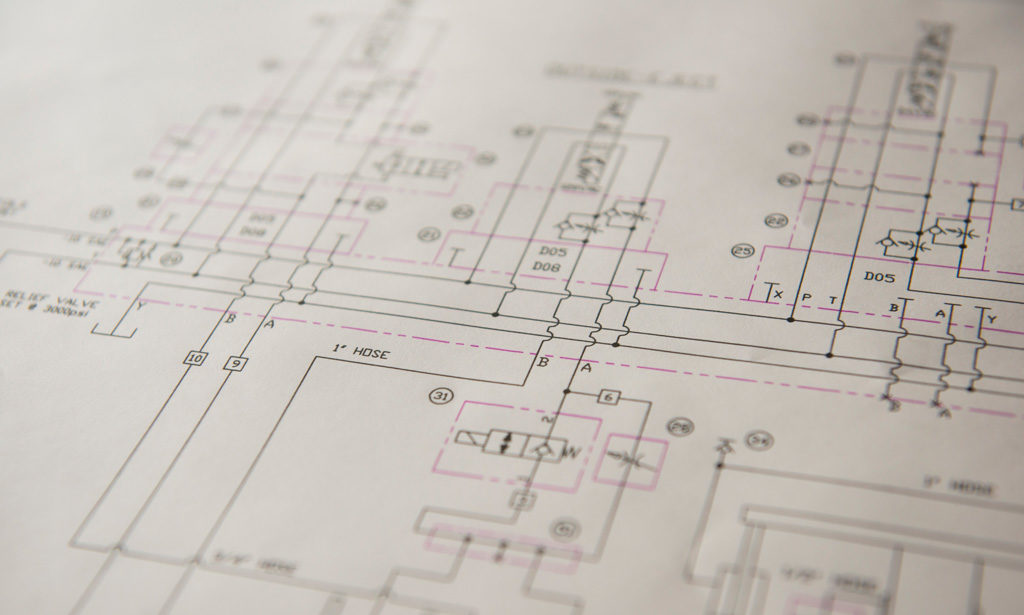In the world of industrial automation, “drives” are more than just a component – they’re the brains behind efficient motor control. But what exactly is a drive in this context? Simply put, a drive is a power electronics device that regulates the speed, torque, and overall performance of an electric motor. Think of it as a conductor orchestrating a symphony of motion within a complex industrial process.
Drives achieve this precise control by manipulating the frequency and voltage supplied to the motor. This allows for optimized operation, leading to benefits like:
- Enhanced energy efficiency: By precisely matching motor speed to application needs, drives minimize energy waste, resulting in lower operating costs.
- Improved process control: Precise speed regulation translates to better control over production processes, leading to higher quality output and reduced waste.
- Increased equipment lifespan: Smooth starts and stops minimize wear and tear on motors and connected machinery, extending their operational life.
Drives in Action: Industry Applications
The versatility of drives makes them indispensable across a wide range of industries. Here are a few examples:
- Manufacturing: From conveyor belts and robotic arms to packaging machines and CNC mills, drives ensure precise and efficient operation in diverse manufacturing environments.
- HVAC: Drives optimize the performance of fans, pumps, and compressors in heating, ventilation, and air conditioning systems, maximizing energy efficiency and occupant comfort.
- Water / Wastewater: In water treatment and wastewater management, drives precisely control pumps and other equipment, ensuring efficient and reliable operation.
- Material Handling: Drives power conveyors, cranes, and other material handling equipment, optimizing throughput and safety in warehouses and distribution centers.
Engineering the Future of Drives
The development of new drive technology is a continuous process driven by the need for greater efficiency, precision, and sustainability. Engineers work tirelessly to refine drive designs, incorporating advancements in power electronics, control algorithms, and communication technologies. This ongoing innovation leads to drives that are:
- More compact and powerful: Delivering higher performance in smaller footprints.
- More intelligent and connected: Enabling seamless integration into automation systems and providing valuable data for process optimization.
- More energy-efficient and environmentally friendly: Minimizing energy consumption and reducing carbon emissions.
Defining a Drive: At its core, a drive is a sophisticated electronic system that acts as an intermediary between a power source and an electric motor. By precisely controlling the flow of energy, drives unlock the full potential of motors, enabling them to operate with optimal efficiency, precision, and reliability.
Tec-Hackett and ABB: A Powerful Partnership
Tec-Hackett’s collaboration with ABB, a global leader in drive technology, allows us to offer our customers cutting-edge drive solutions tailored to their specific needs. Our team of experienced engineers works closely with clients to understand their unique challenges and recommend the ideal drive for each application. Whether it’s a general purpose drive for standard applications or a specialized drive for demanding tasks, Tec-Hackett and ABB deliver the expertise and technology to optimize your industrial processes.


